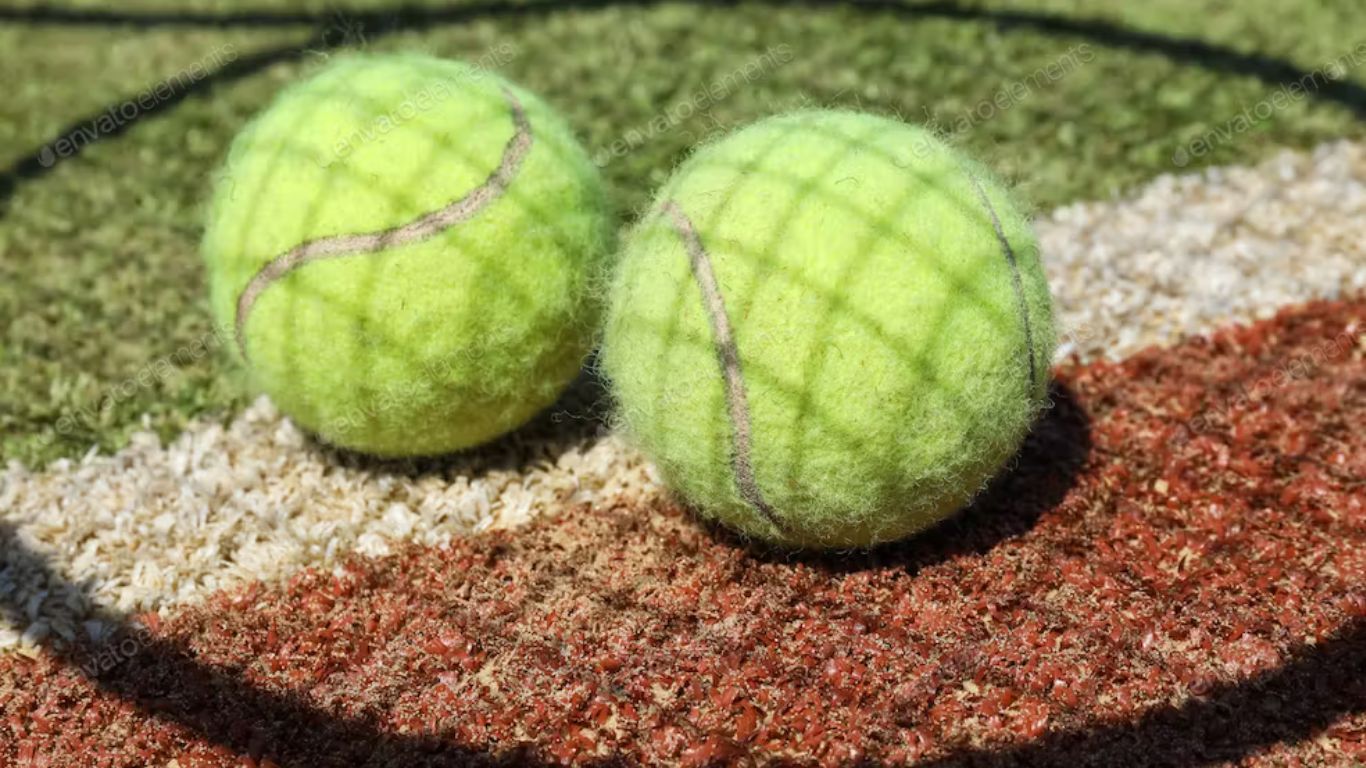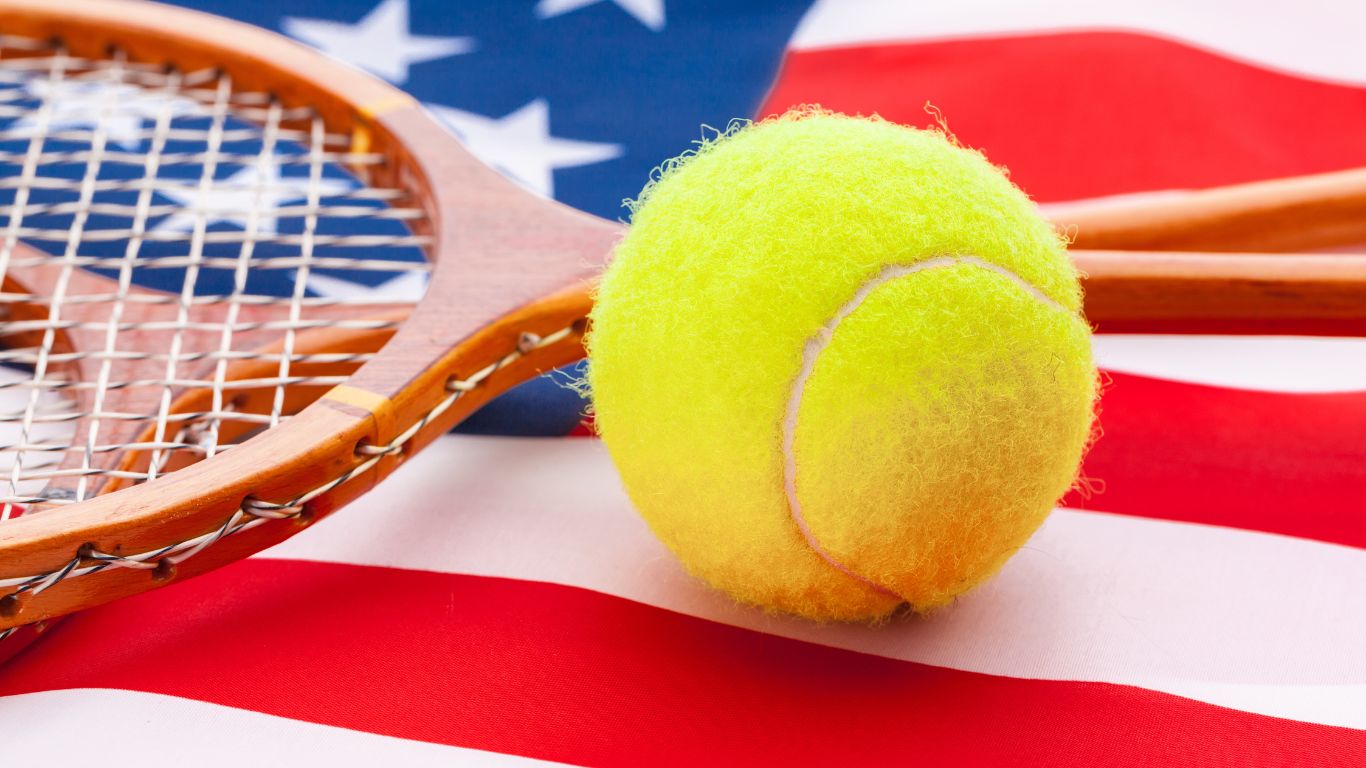Tennis balls are pressurized to maintain their bounce and performance on the court. The pressurization helps the ball maintain its shape and elasticity, allowing it to bounce consistently during a match. Without the pressurization, tennis balls would quickly lose their bounce and become unusable. This process is essential for ensuring tennis players have the best possible experience on the court.
Pressurized tennis balls are preferred for competitive play because of their superior performance. However, they do not last as long as non-pressurized options. If you use a large quantity of practice balls, opting for non-pressurized options may be more environmentally friendly, as they have a longer lifespan. Considering both performance and sustainability is important when choosing tennis balls for your game.

Do Tennis Balls Need To Be Pressurized?
Tennis balls need to be pressurized to maintain their bounce and performance on the court. When first manufactured, tennis balls are pressurized with a specific amount of air inside the rubber shell. Over time, this pressurized air can escape, causing the ball to lose its bounce. That’s why tennis balls are typically sold in pressurized cans to keep them fresh and ready for play.
Pressurized tennis balls have a hollow core filled with air, which gives them their bounce and responsiveness on the court. Over time, the pressure inside the ball will decrease, affecting its performance. It’s important to store tennis balls properly and use them within a certain timeframe to maintain their pressure and playability.
Why Are Tennis Balls Packaged In Pressurized Cans?
Tennis balls are commonly packaged in pressurized cans to maintain bounce and integrity. This blog post will explore the reasons behind this packaging method and the science behind it. We’ll also discuss the history of tennis ball packaging and how it has evolved. Stay tuned to learn more about this interesting aspect of tennis ball production.
Step 1: Pressurized cans help maintain the freshness and bounce of the tennis balls. The pressure inside the can keeps the balls from going flat and losing their bounce.
Step 2: The pressurized cans protect the tennis balls from damage during transportation and storage. This ensures that the balls remain in good condition until they are ready to be used.
Step 3: The pressurized cans make it easy to store and carry multiple tennis balls at once, making them convenient for players and retailers alike.
Pressurized Ball vs Non-Pressurized Balls
If you’re a tennis player, you’ve come across the debate between using pressurized balls and non-pressurized balls. This post will break down the differences between the two types of tennis balls and help you understand which is best for your game.
Whether you’re a beginner or a seasoned player, the type of tennis ball you use can significantly impact your performance. So, let’s dive into the differences and benefits of pressurized and non-pressurized tennis balls.
Step 1: Understand the difference: Pressurized balls are filled with gas to maintain bounce and are typically used in professional and competitive play. Non-pressurized balls do not have gas and are often used for recreational and practice purposes.
Step 2: Consider your playing level: If you are serious or playing in a competitive setting, use pressurized balls for their consistent bounce and performance. Non-pressurized balls are suitable for casual play and practice sessions.
Step 3: Assess your budget: Pressurized balls are more expensive than non-pressurized balls due to their higher performance and durability. Consider your budget and playing needs when choosing between the two types of balls.
Step 4: Evaluate your playing environment: Pressurized balls may be more suitable for outdoor play where the bounce can be affected by temperature and wind conditions. Non-pressurized balls can be used indoors or in controlled environments. Consider where you will be playing when selecting the type of ball to use.
How Long Do Pressurized Balls Last?
When it comes to tennis or any sport that involves pressurized balls, it’s important to know how long they will last before losing their bounce and effectiveness. Understanding the lifespan of pressurized balls can help you plan for replacements and ensure that you’re always using equipment that is in top condition.
In this blog post, we’ll explore the factors that affect the longevity of pressurized balls and provide tips for extending their lifespan. Whether you’re a casual player or a serious competitor, knowing how long pressurized balls last is essential for maintaining your game at its best.
Can You Pressurize Dead Tennis Balls?
So, can you pressurize dead tennis balls? Many tennis players wonder if there’s a way to revive those old, dead tennis balls that have lost their bounce. You can try a few methods to bring some life back into those tired tennis balls. In this post, we’ll explore the various methods and techniques for pressurizing dead tennis balls so you can get back to playing with balls with some bounce left.

The Purpose of Pressurization in Tennis Balls
Tennis balls may seem like simple equipment, but there’s a lot of science behind their design and construction. One important aspect of tennis balls is their pressurization, affecting their bounce and court performance. In this blog post, we’ll explore the purpose of pressurization in tennis balls and how it impacts the game.
We’ll also discuss the process of pressurization and why it’s an essential factor in the design of tennis balls. Whether you’re a casual player or a seasoned pro, understanding the role of pressurization in tennis balls can give you a deeper appreciation for the game and its equipment. So, let’s dive in and uncover the science behind this crucial aspect of tennis balls.
The Impact of Pressurization on Tennis Ball Performance
The pressurization of tennis balls has a significant impact on their performance. By understanding the effects of pressurization, players can make informed decisions about the type of balls they use for their matches. Whether choosing a high-pressure ball for faster play or a low-pressure ball for better control, understanding the science behind pressurization can give players a competitive edge on the tennis court.
Understanding how pressurization affects tennis balls’ bounce, speed, and overall playability is crucial for players and coaches. This post will delve into the science behind pressurization and its effects on tennis ball performance, providing valuable insights for tennis enthusiasts.
The Science Behind Pressurized Tennis Balls
Step 1: The pressurized tennis ball comprises a rubber bladder filled with pressurized gas, typically nitrogen. This pressurized gas creates the bounce and speed of the tennis ball when a racket strikes it.
Step 2: The pressurized gas inside the tennis ball creates internal pressure, which allows the ball to rebound off the racket with greater force and speed. This is why pressurized tennis balls are preferred for professional and competitive play.
Step 3: Over time, the pressurized gas inside the tennis ball can escape, causing the ball to lose its bounce and speed. This is why tennis balls must be replaced regularly to maintain performance.
Step 4: The science behind pressurized tennis balls is essential for players to understand, as it affects how the ball behaves on the court and can impact their game strategy and performance.
The Evolution of Pressurized Tennis Balls
Step 1: Early Tennis Balls: The earliest tennis balls were made of leather filled with wool or hair and were not pressurized. They were heavy and did not bounce well.
Step 2: Pressurized Tennis Balls: In the 20th century, pressurized tennis balls were invented. These balls had a hollow rubber core filled with pressurized gas, which gave them a more consistent bounce and better playability.
Step 3: Modern Technology: Today, pressurized tennis balls are made with advanced materials and technology to ensure the highest quality and performance. They are pressurized to a specific level to maintain their bounce and playability over time.
Step 4: Environmental Impact: There is ongoing research and development to create more environmentally friendly pressurized tennis balls, as the traditional ones can hurt the environment. This includes exploring alternative materials and manufacturing processes.
The Importance of Choosing the Right Pressurized Tennis Balls for Your Game
Step 1: Understand the impact of pressurized tennis balls: Pressurized tennis balls significantly impact the speed, bounce, and overall performance of your game. Choosing the right pressurized tennis balls can enhance your playing experience and improve your performance on the court.
Step 2: Consider your playing surface: Different pressurized tennis balls are designed for specific playing surfaces, such as hard courts, clay courts, or grass courts. Choosing the right pressurized tennis balls suitable for the surface, you will be playing on is important to optimize your game.
Step 3: Evaluate your playing style: Your playing style also influences the type of pressurized tennis balls you should choose. For example, if you have a powerful serve, select pressurized tennis balls that offer better durability and maintain their pressure longer to support your playing style.
Step 4: Consult with a tennis professional: If you need clarification on which pressurized tennis balls are best for your game, consider seeking advice from a tennis professional or experienced player. They can provide valuable insights and recommendations based on their expertise and experience.
Final Thoughts
Additionally, it’s important to consider the cost and environmental impact of using pressurized tennis balls. While they may offer better performance, they also contribute to waste and pollution. It’s worth exploring alternative options, such as non-pressurized or repressurizing machines, to minimize the environmental impact of your tennis ball usage. Balancing performance and sustainability is key when choosing the right tennis balls for your game.









